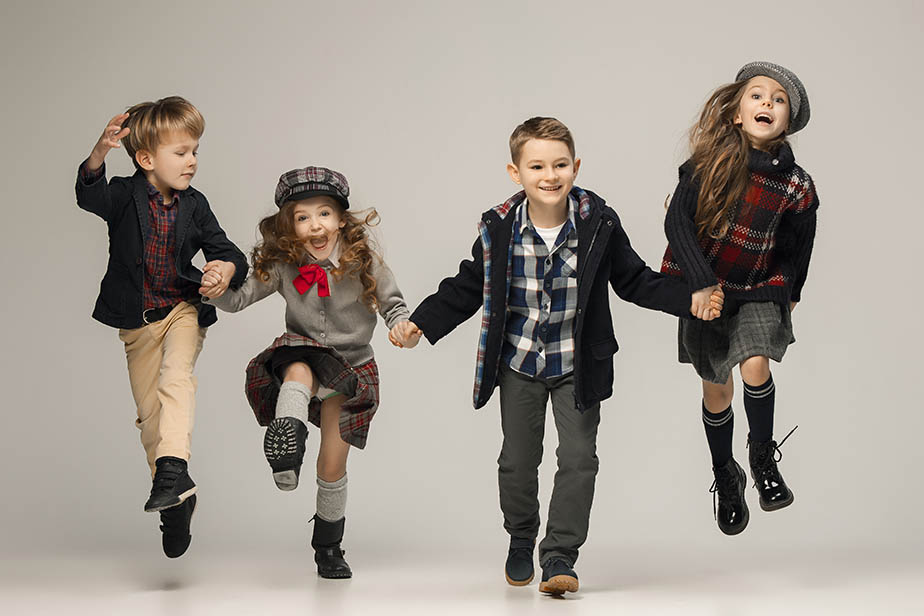
Child modeling is a fascinating industry that showcases young individuals’ beauty, talent, and charm. While it can be an exciting and rewarding experience, it is crucial to understand the intricacies and considerations involved in this specialized field. In this article, we explore the world of child modeling, shedding light on its unique dynamics, the role of parents, and the precautions taken to ensure a positive and nurturing environment for young talents.
Age and Eligibility
Child modeling typically includes infants, toddlers, and children up to the age of 12. Young children possess a natural innocence and spontaneity that can be captivating on camera. Modeling agencies and clients often have specific age ranges and criteria for the types of projects they seek, including print advertisements, commercials, catalog work, and more. Parents need to research and connect with reputable agencies that prioritize the safety and well-being of their child models.
Parental Involvement and Support
In the world of child modeling, parental involvement plays a crucial role. Parents act as guardians, advocates, and support systems for their young models. They navigate contracts, negotiate fees, and ensure their child’s safety and emotional well-being throughout the process. Parents must find a balance between encouraging their children’s dreams and their own and ensuring they have a healthy and balanced childhood outside of modeling.
Casting Calls and Auditions
Casting calls and auditions are an integral part of the child modeling industry. Agencies and clients often hold these events to discover fresh talent and assess suitability for specific projects. Parents need to accompany their children to these auditions, providing guidance and reassurance while helping them showcase their personality and potential. Encouraging children to be themselves and embrace their uniqueness can significantly impact their success.
Balancing Education and Commitments
Child models are responsible for balancing their modeling commitments with their education. Maintaining academic progress is crucial, and parents must ensure that their child’s schooling remains a priority. This may involve coordinating schedules, communicating with teachers, and providing a stable learning environment. A strong educational foundation ensures that child models have a well-rounded future, regardless of their success in the modeling industry.
Safety and Child Protection
The safety and well-being of child models are of paramount importance. Reputable modeling agencies prioritize child protection measures, including stringent background checks for clients and adherence to child labor laws and industry regulations. Parents should research and select agencies with a strong reputation for child safety and ensure that appropriate safeguards are in place during photoshoots and events.
Building Confidence and Resilience
Child modeling can help children develop valuable life skills, including confidence, resilience, and teamwork. The experience of working in a professional environment, taking direction from photographers, and interacting with fellow models can nurture their self-esteem and interpersonal abilities. However, parents must create a supportive environment that encourages open communication, self-expression, and the child’s autonomy.
Longevity and Transitioning
Child modeling careers are often relatively short-lived due to children’s natural growth and development. As children reach adolescence, their physical appearance may change, and their interests and aspirations may evolve. It is important for parents to guide their children through this transition and help them explore other potential avenues of interest, ensuring a smooth transition to other creative or academic pursuits.
Child modeling offers young individuals a platform to showcase their talent, charisma, and potential. With the support and guidance of parents, children can experience a positive and enriching journey in the industry. While child modeling can be exciting, it is crucial to prioritize safety, education, and emotional well-being. By fostering confidence, resilience, and a healthy balance between modeling and other aspects of childhood, child models can develop skills and memories that will positively impact their lives long after their modeling careers have ended.